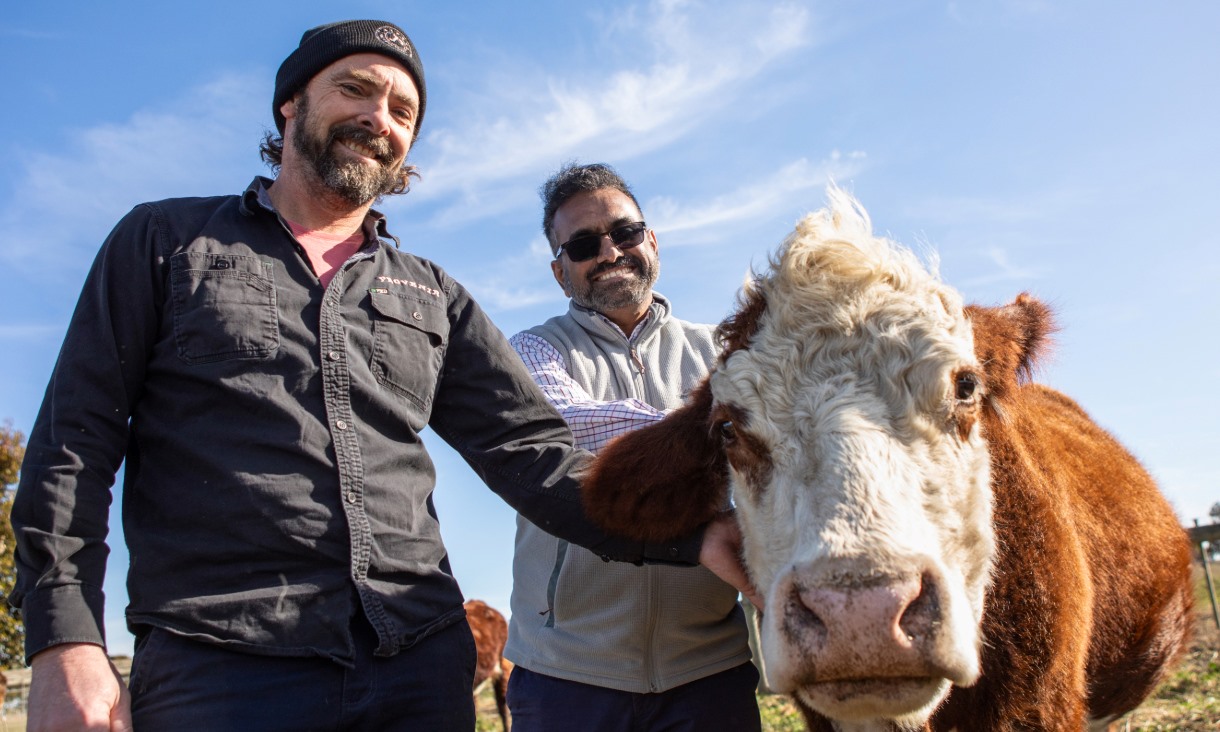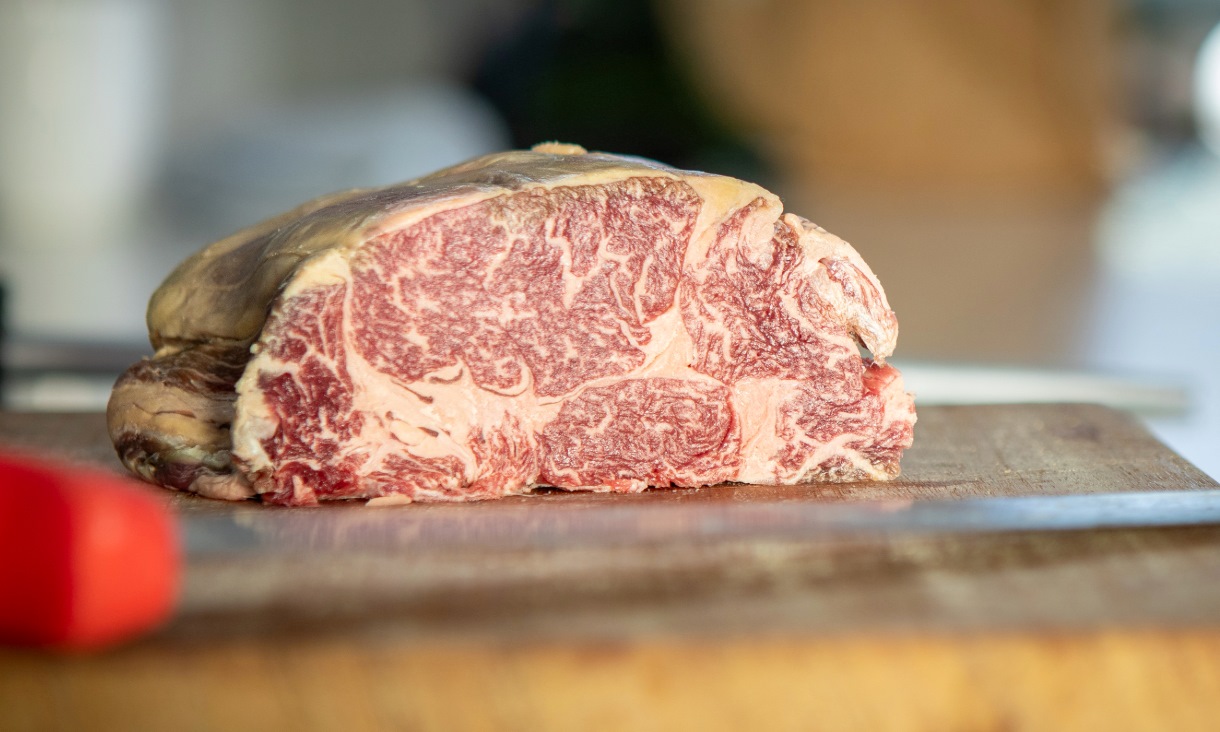Resistance occurs when microorganisms develop resistance to antimicrobial agents to which they are exposed.
“On the farm, the presence of antibiotics in food, soil, water run-off and animal waste can contribute to this resistance developing,” said Lloyd, from RMIT’s School of Science.
“The overuse and misuse of antimicrobial drugs, especially for growth promotion in healthy animals, have resulted in the increased rate of resistance.
“Since resistant bacteria in animals may be transferred to humans through the food chain or by direct contact, this transmission pathway highlights the connection between human and animal health, emphasising the need to address antimicrobial resistance in food animals.”
Food animals' residues are remnants of drugs, pesticides and other chemical substances that persist in animal tissues or products after administration or exposure to these substances.
“Veterinary drug residues commonly arise from overusing and improper use of antimicrobial agents, growth promoters and other veterinary drugs in animal husbandry practices,” Eri said.
“Efforts in the region to regulate antimicrobial use are underway, but there's growing concern over consuming products with antimicrobial residues, which can impact human health due to the presence of antibiotic-resistant microbiota and pathogens in hosts,” Sundram said.
“In Australia, we have excellent policies to take care of antimicrobial resistance, specifically, the usage of antibiotics is well regulated,” Eri said.
“But that's not the case at the global level. In many countries, anybody can buy antibiotics, whether it be for human or animal use.”
The team has six recommendations for policymakers in ASEAN countries to address antimicrobial resistance and residue in food animals:
1. Recognise the difference between residue and resistance, to tackle the resistance challenges with the right interventions in Southeast Asia's food animals.
2. Collaborate regionally and develop tailored strategies to navigate disease outbreaks, environmental concerns, residue levels and antimicrobial resistance.
3. Implement country-specific awareness campaigns, robust surveillance of residues and resistance, appropriate regulations and responsible antimicrobial use, to reduce resistance risks.
4. Foster international cooperation and initiatives to address resistance comprehensively, ensuring a united front against both residue and resistance.
5. Strengthen public health systems and preparedness.
6. Promote innovation and research in alternative antimicrobial solutions, sustainable farming practices and advanced diagnostics, to stay ahead of evolving challenges.
‘Addressing residue and resistance in food animals: a policy imperative in Southeast Asia’ is published in the International Journal of Food Science and Technology (DOI: 10.1111/ijfs.17063).
Story: Will Wright









